
You may know these tips, but do you follow through?

You may know these tips, but do you follow through?

Veterinarians are making huge strides in managing patient pain. But as the number of treatment modalities has increased, the amount of information veterinarians must learn and apply has also ratcheted up.

Canine hip dysplasia affects millions of dogs each year. Abnormal development in the dysplastic hip causes damage to the articular cartilage of the joint, resulting in osteoarthritis, severe pain and eventually debilitation.

The five modules in the VEO Pain Management course are designed to give the busy practitioner a working knowledge of the vocabulary and concepts underlying the modern approach to pain management in the dog and cat. (5 CE credits)
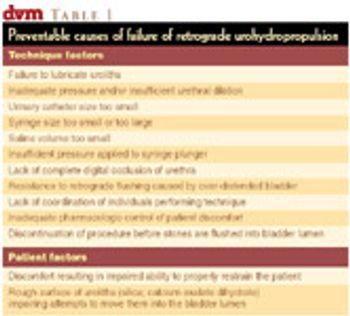
This article describes seven steps for performing retrograde urohydropropulsion.

We urge you to amend Table 4 on page 32 in your January issue of Veterinary Medicine so that incorrect dosages are not inadvertently used in the future.

Learn how to manage patient pain more effectively with this interactive CD-ROM. (3 CE credits)
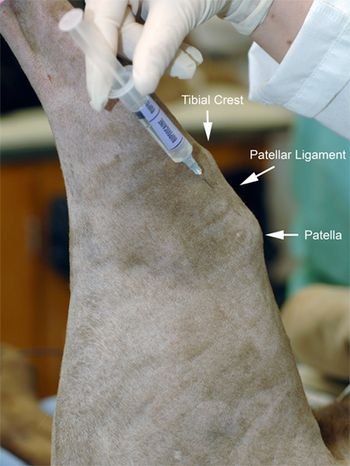
These anesthetic methods, including one recently recommended alternative block, will help you control pain in animals undergoing stifle surgeries, forelimb surgeries, limb amputations, or thoracotomies, as well as in patients with thoracic trauma or cranial abdominal pain.

Re-evaluate your anesthesia protocol to prevent patients going home groggy.
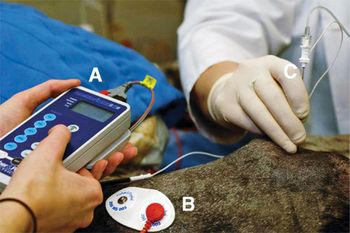
Traditionally, peripheral nerve blockade has been achieved by identifying anatomical landmarks and speculatively depositing local anesthetic agents.
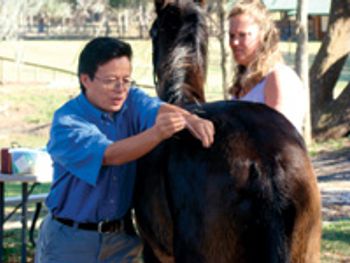
A healing science that dates back thousands of years in another culture has gained acceptance in recent years as a method of diagnosing and treating lameness in horses.

Madison, Wis. - The University of Wisconsin School of Veterinary Medicine is recruiting for a clinical trial designed to evaluate pain relief in post-surgical patients.
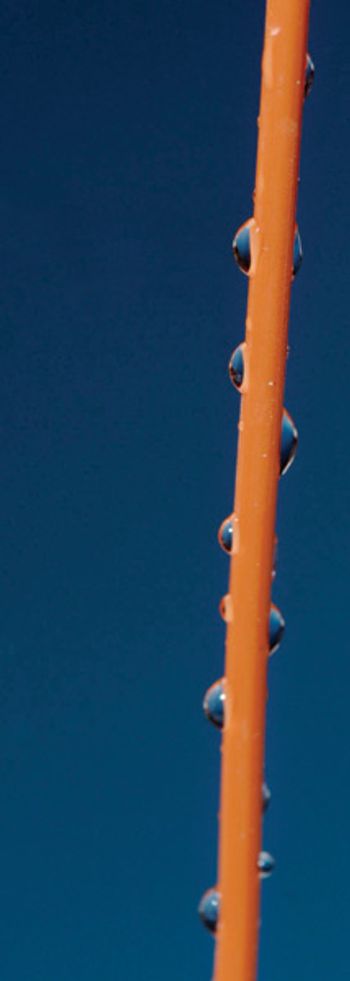
Use sterile scissors to remove the tip of a red rubber catheter proximal to the large hole at the distal end, cutting the catheter to the desired length.

This study reviews cases from numerous clinics and evaluates newer sedatives and anesthetics.
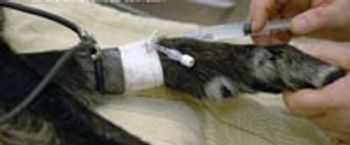
Add these 5 techniques to your clinical toolbox to help lessen your patients' pain.

In this video, Dr. Sheilah Robertson discusses whether cats become dysphoric when given opioids.
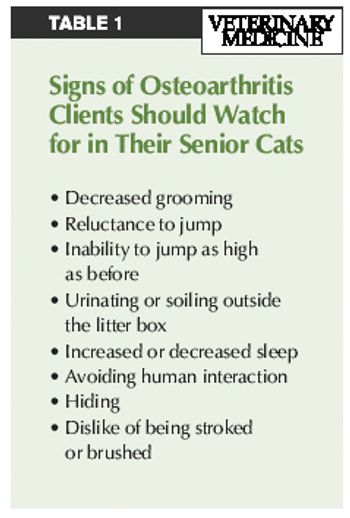
Osteoarthritis may be categorized as primary or secondary.

Osteoarthritis treatment falls into three categories: lifestyle changes, pharmacological intervention, and nonpharmacological intervention.

Although the terms degenerative joint disease and osteoarthritis are commonly used interchangeably in the veterinary arena, a distinction has been made between the two.

Compared with the radiographic features of feline osteoarthritis, the clinical signs of feline osteoarthritis are not well-documented.

It appears to be more common than previously thought and could be a major cause of discomfort in senior cats.

When managing chronic cough, it is important to grade the severity of the cough.

In 1915, Sir Frederick Hobday, a British veterinary surgeon, noted that "it is of no avail to have done any operation, however clever, if the patient succumbs to the anesthetic."

Dr. Sheilah Robertson discusses what cat owners can do to help their cats with chronic pain.

Fort Collins, Colo. -- Colorado State University's (CSU) Center for Comparative and Integrative Pain Medicine is studying whether herbal supplements have any affect on arthritis pain in dogs.